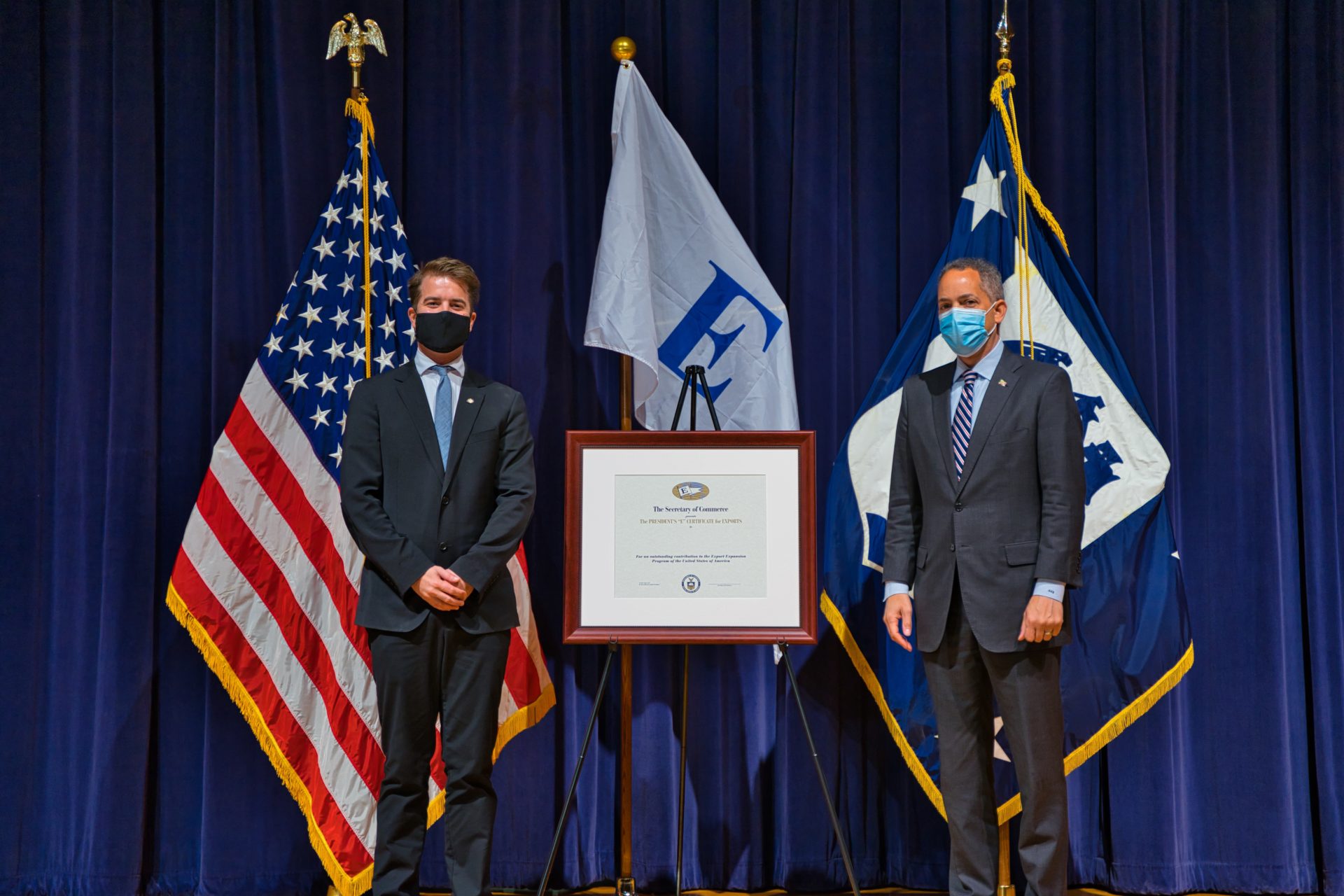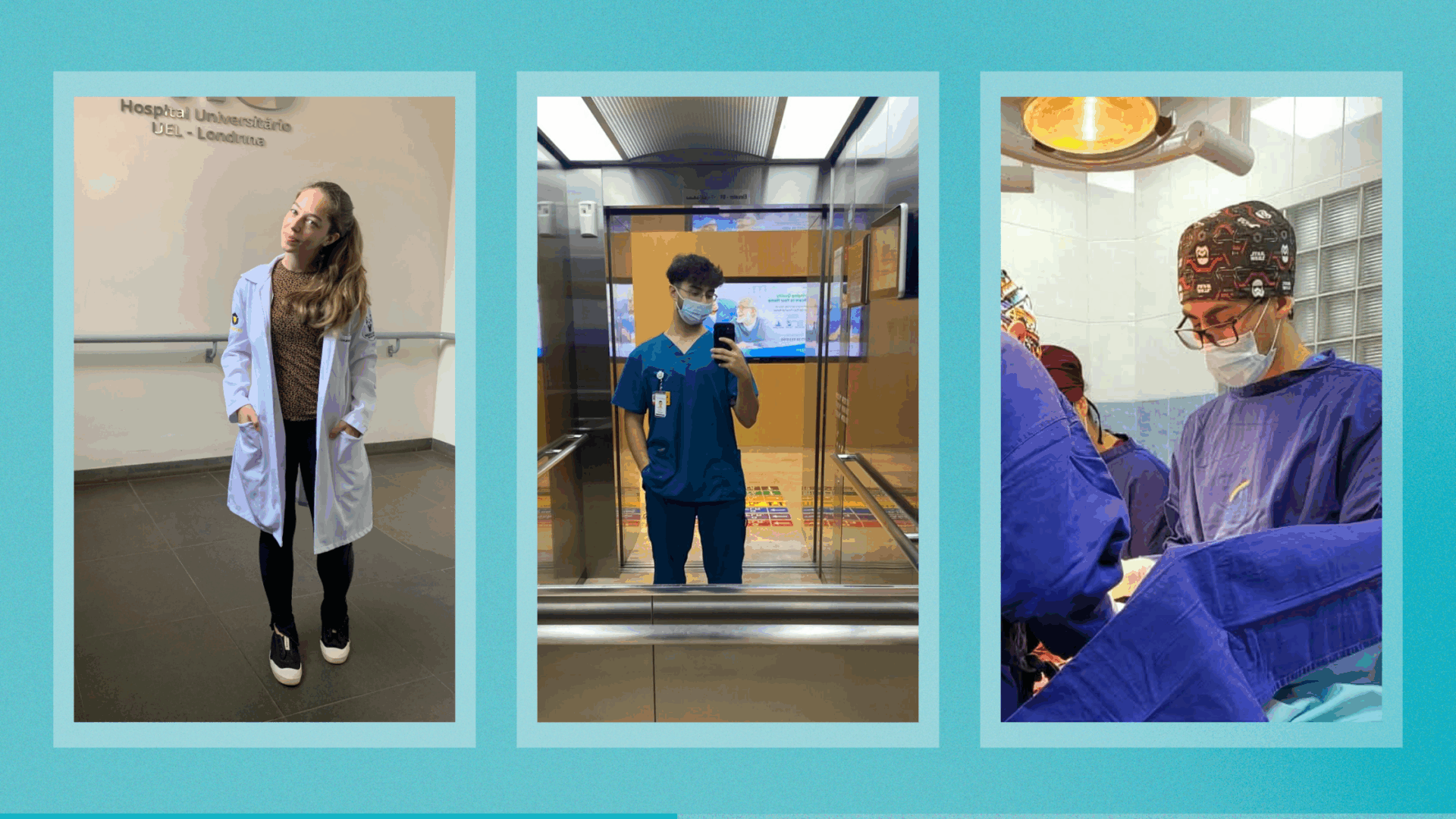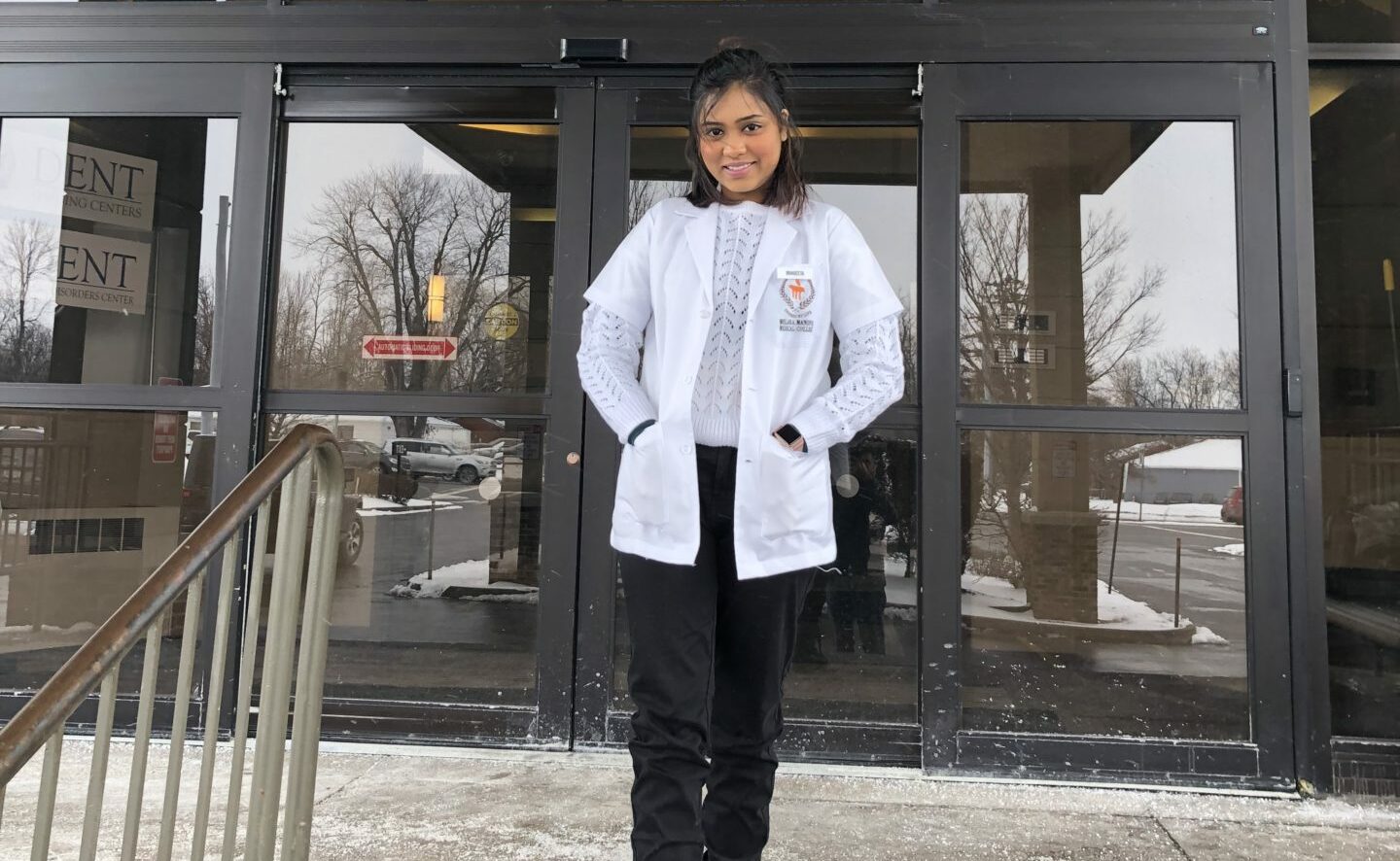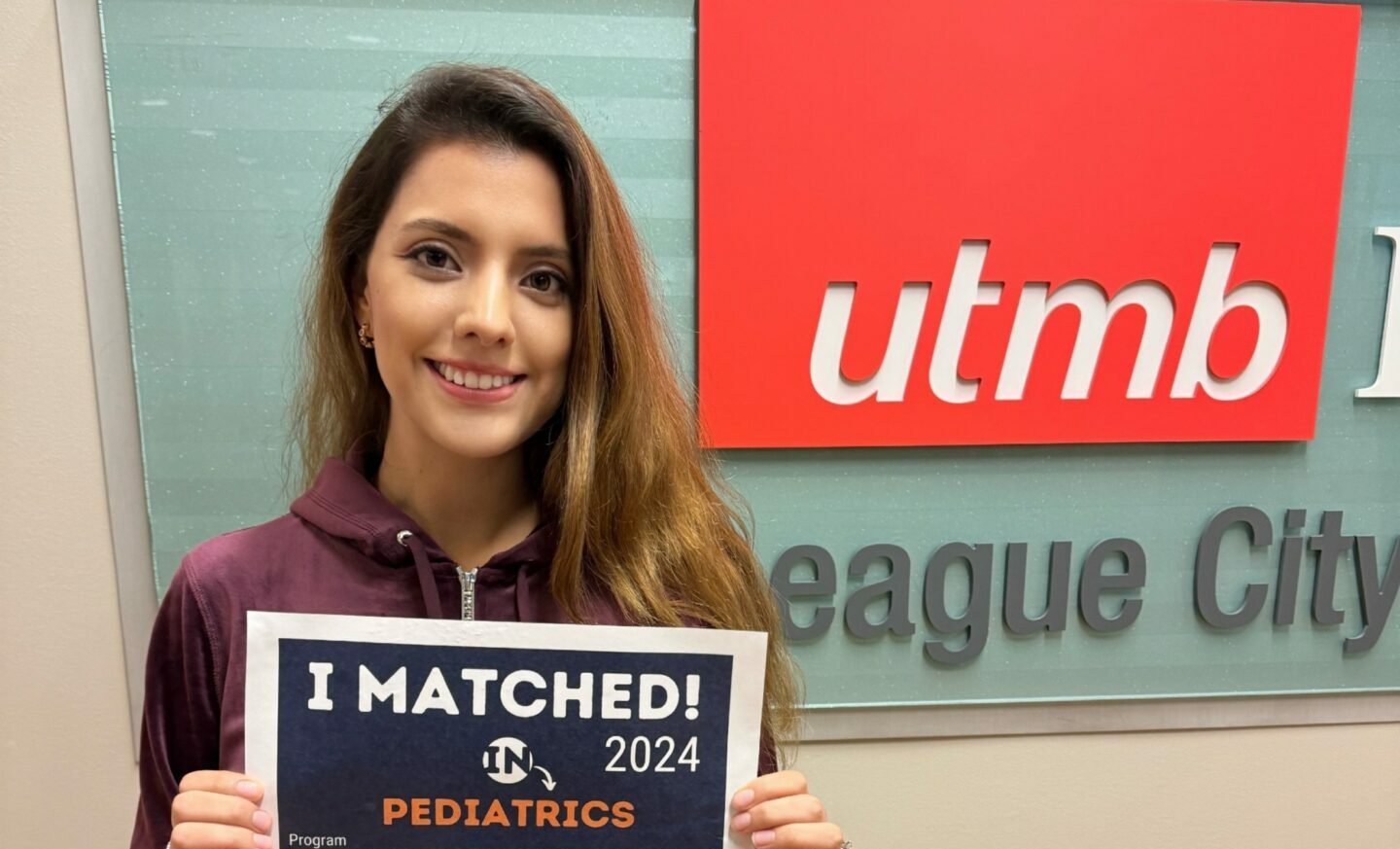AMOpportunities co-founder and CEO, Kyle Swinsky, was in Washington D.C. to accept the President’s E-Award last Friday. This award recognizes a company’s export growth over four consecutive years. Companies are nominated through the U.S. Commercial Service, part of the Department’s International Trade Administration. It is the highest honor an entity can receive from the Department of Commerce.
AMO is among only 17 organizations to win the award in 2021.
AMO’s continued growth comes in the shadow of a global pandemic, where exporting services posed a challenge. In the face of this challenge, AMO introduced virtual rotations, which allowed students to access the U.S. clinical experiences they needed with the added benefit of gaining telehealth experience.
U.S Secretary of Commerce Gina Raimondo recognizes this innovative measure in her congratulatory letter to AMO. She writes, “AMOpportunities has demonstrated a sustained commitment to export expansion. The “E” Awards Committee was very impressed with AMOpportunities’ rapid development of virtual product offerings and expansion of services to students despite pandemic-imposed travel restrictions.”
The E-Award and the Physician Shortage
The growth that the E-Award recognizes is a reflection of the demand for U.S. clinical experience for foreign-trained medical students and graduates. With a healthcare worker shortage accelerated by the global pandemic, the need for foreign-trained medical professionals is greater than at any other point in U.S. history. The Association of American Medical Colleges predicts that the U.S. will face a shortage of up to 139,000 physicians by 2033.
U.S. clinical rotations are vital for international medical graduates and students who will eventually practice in the U.S. because they are necessary for acceptance to U.S. residency programs.
To help make USCEs more accessible for students, AMO connects global medical schools with hospitals across the U.S. This provides these institutions with funding, enhances their resident pipeline, and diversifies their institution’s workforce to meet a diverse patient population.
In turn, students and trainees from around the world gain the experience they need to enter the U.S. healthcare system and become U.S. physicians.






